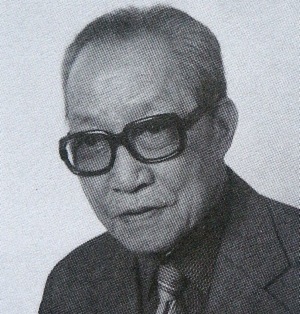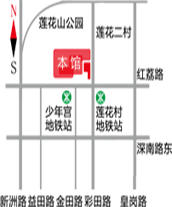
- Introduction to Xia Changshi
-

Xia Changshi (1905-1996), from Xinhui, Guangdong, was born in Guangzhou. In 1923, he studied in Germany and graduated from Karlsruhe University of Technology with a major in architecture. In 1932, he obtained a PhD in Art History from the University of T ü bingen, making him one of the only two PhDs among the first generation architects in China. After returning to China, he worked in architectural firms in Shanghai and Guangzhou, and also held positions in the Ministry of Railways, Ministry of Transportation, and Pinghan Railway Administration. In 1934, he joined the Chinese Architects Association and the Chinese Society of Architecture, and together with the only European member of the Society, Bausman, participated in architectural surveys and ancient architectural surveying in various regions. Starting from 1940, he successively served as a professor at National College of Arts, Tongji University, Central University, and Chongqing University. In 1946, he began serving as a professor at Sun Yat sen University and South China Institute of Technology, and served as the head of the Department of Architecture and Engineering at Sun Yat sen University. Xia Changshi, along with Mr. Chen Boqi and Mr. Long Qingzhong (Fei Le), greatly promoted the development of Lingnan architectural education, academic research, and modern architectural design creation through the systematization of architectural teaching, the establishment of the National Architecture Research Institute, and architectural design practice. He is a pioneer of Lingnan style architecture and an important source of Lingnan style architecture's ideas, methods, and forms. He also trained famous architects such as He Jingtang. After the start of the Cultural Revolution, Xia Changshi was impacted and moved to Germany in 1973. He passed away in Freiburg in 1996.
Xia Changshi's representative works include: the library, archives, and teaching building complex of South China University of Technology; Campus buildings and affiliated hospitals of Zhongshan Medical College; Campus planning of Huazhong University of Technology; South China Local Products Exhibition and Exchange Conference Aquarium (currently located in Guangzhou Cultural Park); Zhaoqing Dinghushan Teaching and Workers Rest Center, etc. There are works such as "Summary of Gardens" and "Lingnan Garden".



